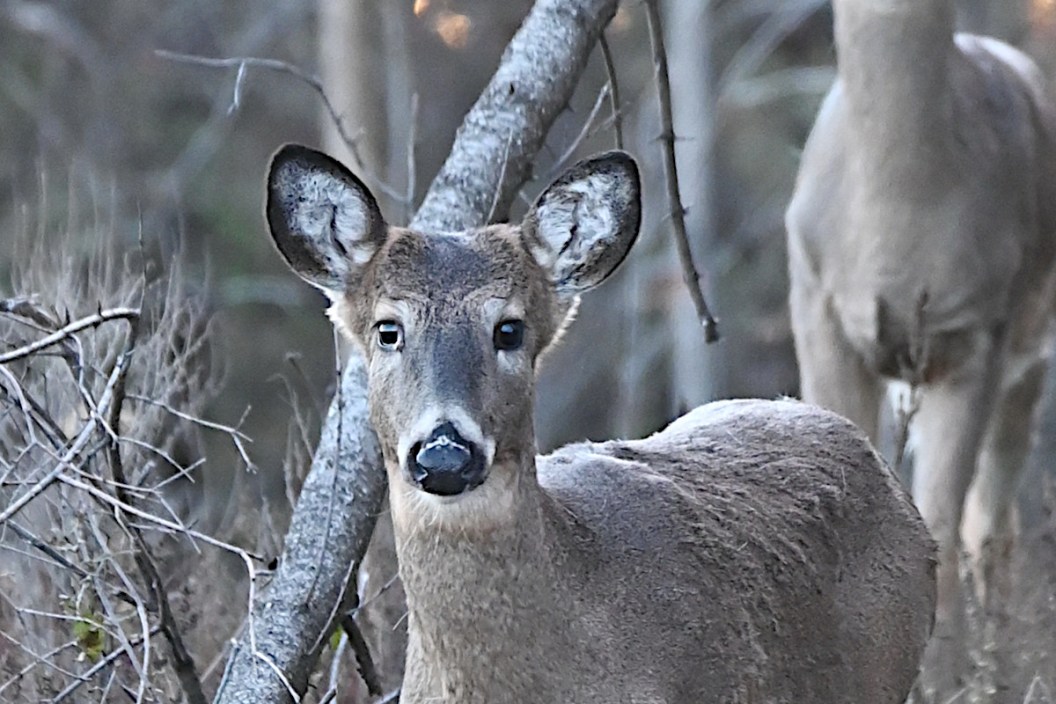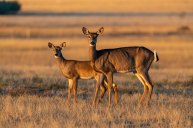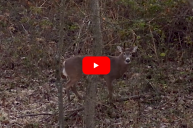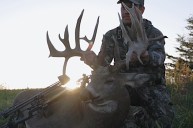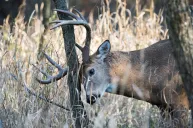It happens every year to hunters across North America. Someone takes aim at what they think is an adult doe and drop it. Then they walk up and see two knobs on the animal's head and realize they've just killed a button buck. It's a common mistake in deer hunting, perhaps even one you've made yourself. There's no doubt about it, identifying these deer is a real challenge, especially if you only have a few seconds to decide on shooting or passing. Depending on who you speak to, some hunters have no issues with shooting a deer this young. For others, killing a young buck before it even has a chance to grow its first set of antlers is the ultimate nightmare of a mistake one can make while hunting.
That's why we want to address button bucks in greater detail. Specifically, we want to look at some of the ethics of passing or harvesting them instead of an adult deer. We'll also look at a button buck's social ranking in the greater deer population and give you some tips on how to identify them if you're looking to avoid a button buck harvest while trying to fill your antlerless tags this year.
What Exactly is a Button Buck?
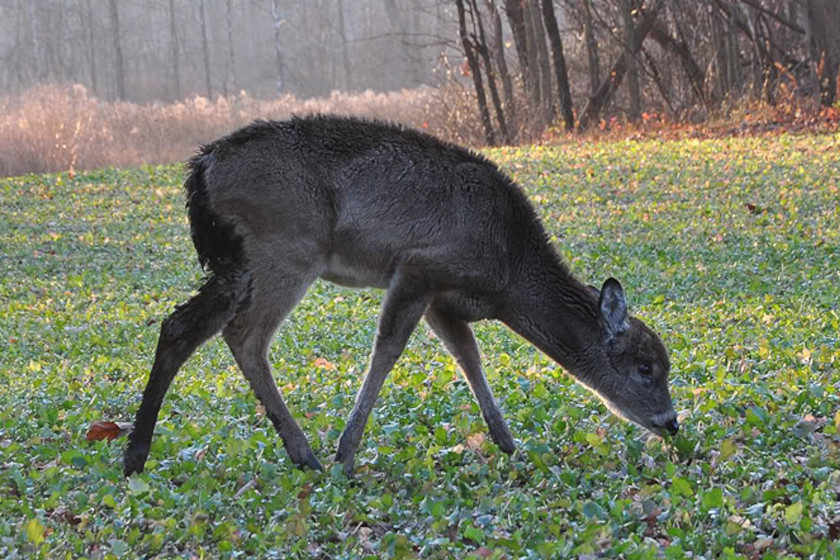
Travis Smola
A button buck is a young male deer that is four to six months of age by the time hunting season rolls around. You must look closely, but male fawns do have tiny pedicles on their heads where antler growth is starting even at such a young age. These are more pronounced on some bucks than others. The deer usually have small, velvet-covered knobs or buttons on their head where the antlers will pop up next spring. If there's good nutrition, sometimes these young bucks will grow some small, hard, antlered knobs during their first fall. And yes, they will shed these buttons, assuming they survive the seasons into spring. Good luck finding them though; it'd probably be easier to find a needle in haystack!
Legally, the definition of a button buck may or may not fall into the category of antlered deer depending on whether they have a velvety knob or button, or a tiny piece of hard antler. The Virginia Department of Wildlife Resources defines an antlered deer as any deer where "the antler is breaking the skin and protruding above the hairline." Deer that fall under this designation must be tagged with the state's either-sex deer tag. Deer with antlers that "do not break or protrude above the skin" are considered button bucks and are legal for tagging with the either-sex OR antlerless deer tag in Virginia.
Remember, each state's definition of where a buck fawn legally falls may vary a little. As another example, here in my home state of Michigan, any deer with at least one antler extending three inches or more above the skull is considered antlered. So, in Michigan's case, a fawn with one-inch spikes would be considered antlerless. Be sure to review your state's regulations before you ever head out hunting to avoid messy legal issues.
What Are the Physical Attributes of a Buck?
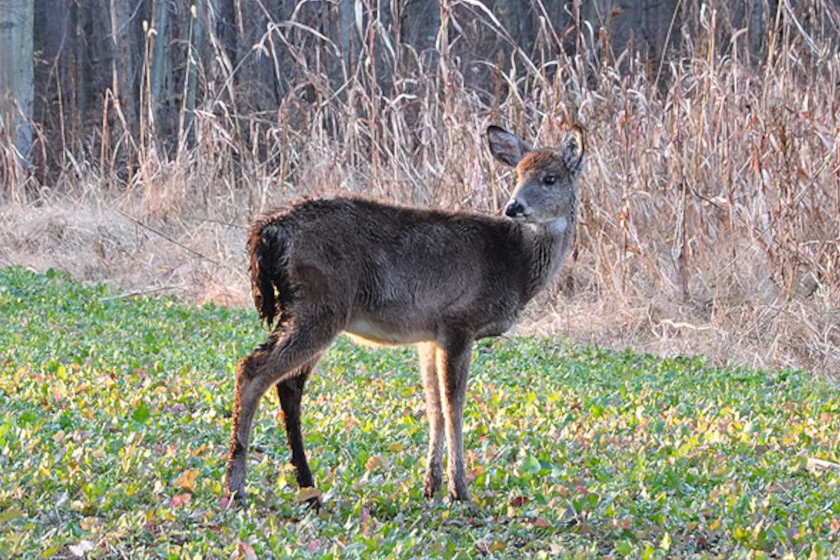
Travis Smola
At a distance, it can be extremely tough to identify a button buck, especially if it's standing with other members of the deer herd. A good pair of optics is an absolute must when you're looking to fill your antlerless tag. On most whitetail deer, the knobs on a buck fawn's head are obvious to see once you glass them with binoculars or a spotting scope. However, I have also personally observed button bucks with much smaller pedicles that are set back at a slight angle, making them even harder to see. The button buck in the photo above is one such example. I usually wait until the deer turns its head away to make a final determination. Small, fuzzy pedicles or tiny tines are more obvious from the back than the front or side.
I look at the overall shape of the head, too. Mature does will have an elongated snout and neck. Button bucks will look stubbier, especially in the face. A doe's head is usually rounded while a buck's head is flatter on top, especially near where the pedicles are. Don't take a round head as your only cue though, as I've seen some button bucks with very rounded heads. Body shape can play a role as well. Older does usually have more of a squared-off appearance to their body as opposed to the younger does and button bucks.
For me, the top way to identify a button buck is by his behavior. From what I've observed, button bucks are the stupidest deer in the woods, and they often run around with a reckless, youthful abandon. For instance, if you are hunting a food plot, button bucks will usually be the first deer to arrive. They often run right into the field and start eating without ever scoping it out from the edges first. Mature does will hang back a bit and analyze the situation before deciding it's safe to go eat; mature bucks are even more leery.
Button bucks are also hard to spook. I've had them look right at me and catch my movement, only to go back to eating seconds later. Most button bucks simply don't have the life experience to recognize dangers during their first fall.
A good rule of thumb is to never shoot a solo antlerless deer unless you can definitively identify it. Many does kick their buck fawns to the curb by the time hunting season rolls around, and these young bucks wander the woods alone aimlessly, often moving when other deer are locked down in their beds. The size of a button buck can also be deceptive on its own. If it's still hanging with a group of mature does, it's usually very obvious which one is the button buck when you see the discrepancy in body size.
Is Shooting a Button Buck Ethical?
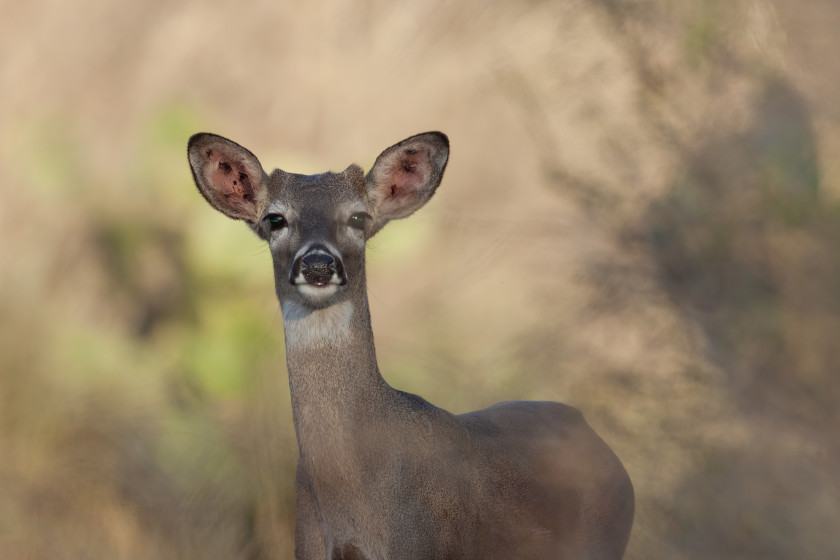
VW Pics via Getty Images
The answer to "Should you do it?" really depends on legalities and what your deer management goals are. If you're wanting a more balanced buck-to-doe ratio in your local herd, you might want to pass on these youngsters and target a yearling or mature doe instead, mainly because there's going to be a larger number of does than bucks in most areas. There are exceptions to that rule, but in most cases, if you harvest a button every year, you're effectively limiting the number of antlered bucks that will be present next year and the year after that.
From an ethical standpoint, there's nothing inherently wrong with shooting a button buck whether by mistake or on purpose. At the end of the day, we're not here to tell deer hunters what to do. Button bucks are made of meat just like any other deer, and they can be as tasty on the dinner table as the older ones. If shooting a button buck makes you happy, and it's legal, then go for it. If you're looking to practice Quality Deer Management, passing on buttons is a necessity. You'll never know what a button's potential might be if he's harvested before he grows his first set of antlers. Of course, passing a button buck doesn't guarantee their survival, but it typically gives them a chance to grow their first real set of antlers.
Do Male Deer Mature at the Same Rate?
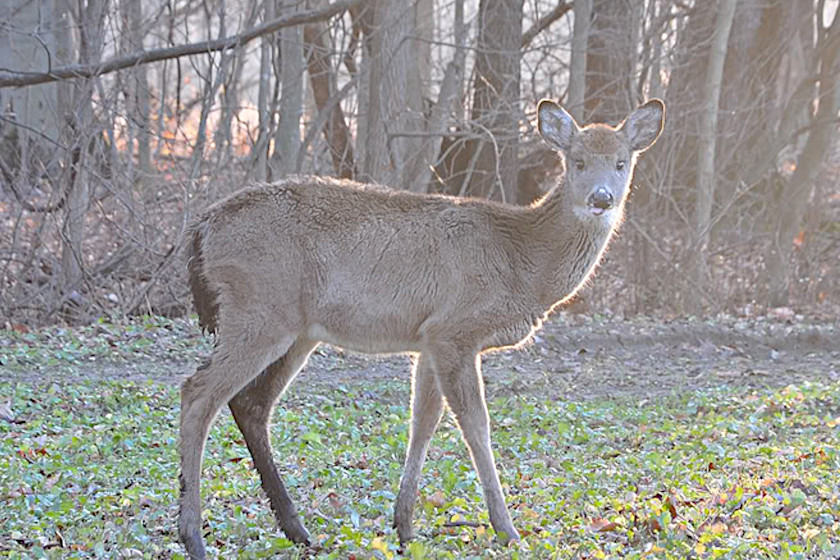
Travis Smola
Some button bucks do participate in rut activities, and there's video proof of that on YouTube if you start looking around. I've also read accounts by commercial deer breeders who indicate it happens more often in the second rut phase during late November and early December. It's likely because that duration gives these young deer a little more time to mature. Some of the deer breeder reports I read indicated that even if a button buck did breed, the chances of it resulting in a healthy fawn were usually slim. If that's the case in captivity, it's probably less likely in the wild.
It seems to vary from deer to deer whether a button tries to breed or not. Here in Michigan, I've seen button bucks grunt at, and chase young does. However, I've also seen button bucks that completely ignored my doe-in-heat lures.
Not every deer is going to mature at the same rate. It seems likely that the button bucks that try to participate in the rut were likely born earlier to an older female deer and have matured faster than a button buck born late to a younger doe. We're also guessing button bucks do not breed in the wild very often.
After all, it's probably rare for a button buck mature enough to breed running across an estrus doe that doesn't already have a more mature male suitor to run him off.
For more outdoor content from Travis Smola, be sure to follow him on Twitter and Instagram For original videos, check out his Geocaching and Outdoors with Travis YouTube channels.
